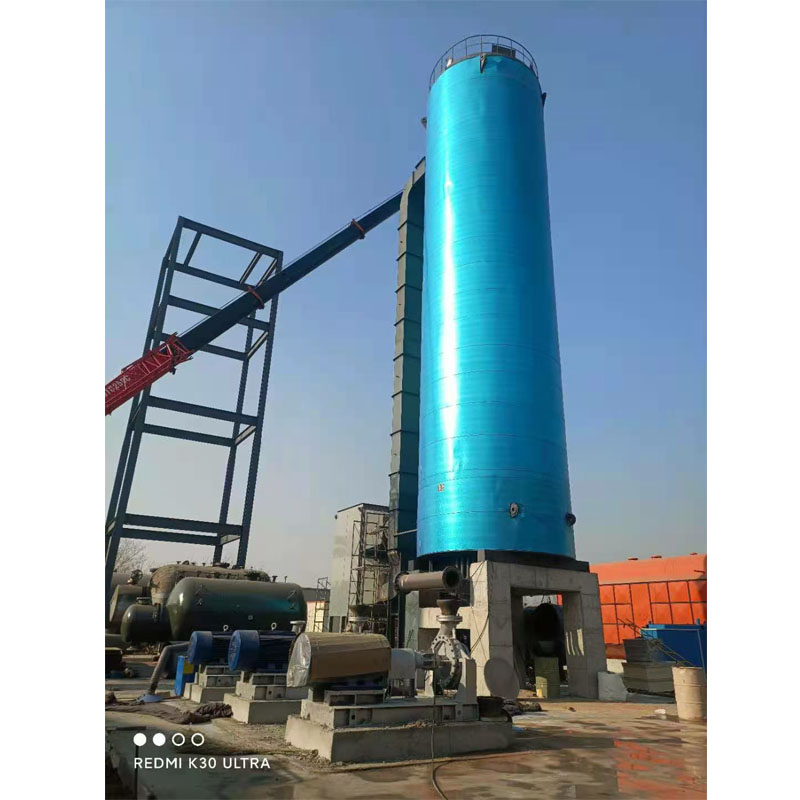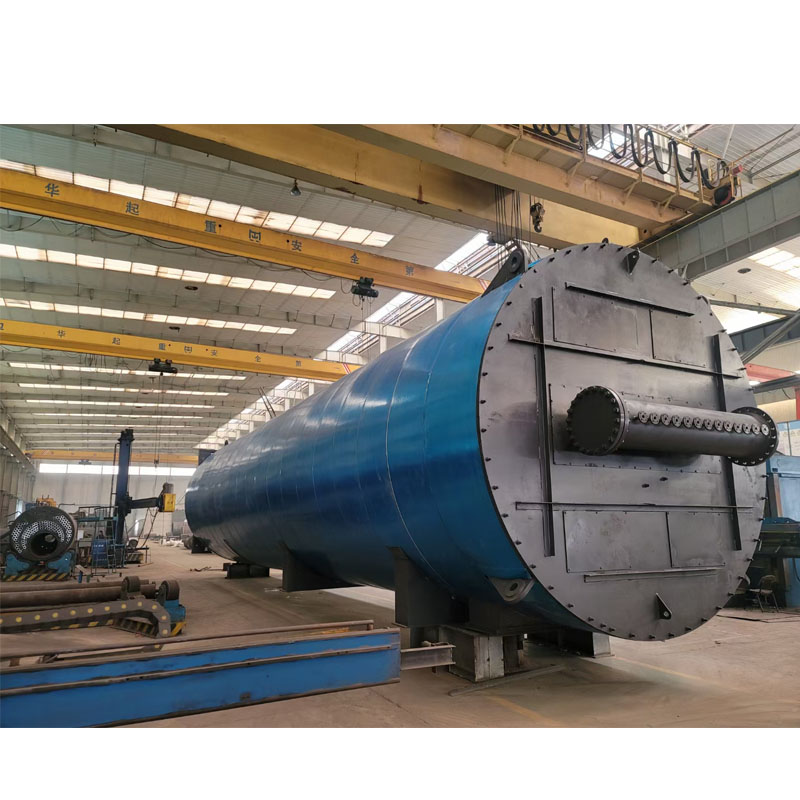Electric Steam Boiler Manufacturers | Efficient, Industrial
Inside the market: electric steam boiler makers, and a smart thermal-oil twist
If you’re comparing electric steam boiler manufacturers, you’ve probably noticed two parallel tracks in process heat right now: rapid electrification on one side, and high-temperature thermal-oil systems on the other. To be honest, buyers tell me they’re often cross-shopping both paths. And for good reason—certain plants need 300–350°C heat without the maintenance quirks of steam, while others want zero on-site combustion and cleanroom-friendly steam.

Trend check: electrify where it fits, optimize where it doesn’t
- Electrification is accelerating in pharma, microbreweries, and labs—clean, compact, and easier permitting.
- High-temp processes (chemicals, bitumen, textiles) still lean thermal oil for steady 300°C+ duty, fewer corrosion headaches.
- Controls are getting smarter: PLCs, Modbus/Profinet, predictive alarms, and real-world efficiency tracking.
- Compliance matters: ASME, PED, UL, ISO 9001—buyers scrutinize stamps more than ever.
A closer look at a thermal-oil option from Hebei
Originating in Wuqiao, Hebei (China), the Vertical YQL gas/oil-fired thermal oil boiler uses micro-positive pressure operation—actually boosting combustion intensity and shrinking boiler footprint. Many customers say the tight-sealed furnace reduces air leakage and bumps real-world efficiency.
| Product specs — Vertical YQL gas oil fired thermal oil boiler | |
|---|---|
| Heat capacity | ≈ 0.2–7 MW (real-world use may vary) |
| Thermal efficiency | Up to ≈ 92–95% with optimized burner |
| Max operating temperature | Up to ≈ 350°C (thermal oil) |
| Pressure regime | Micro-positive furnace pressure |
| Fuel | Natural gas / diesel / light oil |
| Coil & shell | Alloy/CS coil (e.g., ASTM A106); insulated casing |
| Controls | PLC with safety interlocks; modulating burner |
| Typical NOx | ≈ 30–80 mg/Nm³ with low-NOx burner (site-dependent) |
How it’s built and tested
Materials are selected for high-film-temperature stability: coiled tube banks, high-temp gaskets, and a welded pressure boundary. Methods include automated welding, PWHT where required, and hydrostatic testing at ≈ 1.5× design pressure. NDT (UT/RT) is applied to critical seams; electricals are checked to IEC/NFPA norms. Service life? Around 15–20 years with oil analysis, burner tuning, and annual inspections per ASME/PED guidance.

Comparing vendors: electric steam vs thermal oil
I guess the honest answer is: choose based on temperature, utilities, and emissions goals. Here’s a quick snapshot many procurement teams use while shortlisting electric steam boiler manufacturers.
| Criteria | YN Boilers YQL (Thermal Oil) | Chromalox/Fulton/Cleaver-Brooks (Electric Steam, typical) |
|---|---|---|
| Temp capability | Up to ≈ 350°C | Saturated steam ≈ 100–185°C (≈ up to 12 bar) |
| Point-of-use efficiency | ≈ 92–95% | ≈ 98–99% |
| Emissions on site | Combustion NOx (low with low-NOx burner) | Zero (shifted to grid) |
| Maintenance | Oil analysis; burner tuning | Element checks; water treatment |
| Certifications | ISO 9001, PED/ASME (region-dependent) | ASME, UL, CE (maker-dependent) |
Use cases, customization, and feedback
Applications: food CIP and kettles (electric steam); chemical reactors, asphalt heating, dyeing lines (thermal oil). Customization typically includes voltage/element sizing for electric units; burner selection, coil metallurgy, and PLC I/O maps for thermal oil. One food client told me their electric system was “surprisingly quiet” and cut permit time; a textile plant liked the “rock-steady film temperature” on thermal oil. It seems that both camps of electric steam boiler manufacturers and thermal-oil specialists are leaning into smarter controls and faster delivery windows.
Mini case studies
- Craft brewery (US Midwest): shifted to electric steam for kettles and CIP; point-of-use efficiency ≈ 99%, simplified venting, and better turndown.
- Chemicals (Hebei): Vertical YQL unit feeding multiple heat users at ≈ 320°C; micro-positive pressure design helped reduce air leakage and fuel use by ≈ 4–6% (site estimate).
Bottom line: shortlist electric steam boiler manufacturers for sub-200°C steam, clean installs, and tight spaces; consider a micro-positive thermal-oil system when you need stable, high-temperature heat with minimal corrosion risk.
Authoritative citations
- ASME Boiler & Pressure Vessel Code (Section I/IV): https://www.asme.org/codes-standards/find-codes-standards/bpvc
- EU Pressure Equipment Directive (PED 2014/68/EU): https://single-market-economy.ec.europa.eu/sectors/pressure-equipment/ped_en
- NFPA 70 (NEC) for electric equipment: https://www.nfpa.org/codes-and-standards/all-codes-and-standards/list-of-codes-and-standards/detail?code=70
- ISO 9001:2015 Quality management systems: https://www.iso.org/standard/62085.html
- IEA Industrial heat decarbonisation briefing: https://www.iea.org/reports/industrial-heat
-
High-Efficiency Horizontal YQW Gas Oil Fired Thermal Oil Boiler-Hebei Yineng Boiler|Energy Efficiency,Advanced CombustionNewsNov.21,2025
-
High-Efficiency Horizontal YQW Gas Oil Fired Thermal Oil Boiler-Hebei Yineng Boiler|Energy Efficiency,Advanced CombustionNewsNov.21,2025
-
Electric Steam Boiler Manufacturers | High-Output & SafeNewsNov.14,2025
-
OEM Steam Boiler Solutions | High-Efficiency, Custom-BuiltNewsNov.13,2025
-
Thermal Oil Boiler | High Efficiency, Low Pressure, OEMNewsNov.12,2025
-
Hebei Yineng Boiler Co., Ltd. Showcases Cutting-Edge Boiler Solutions at Indonesia International Boiler Exhibition 2025NewsNov.11,2025

